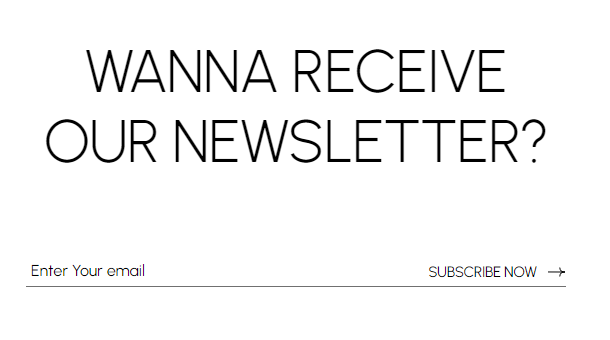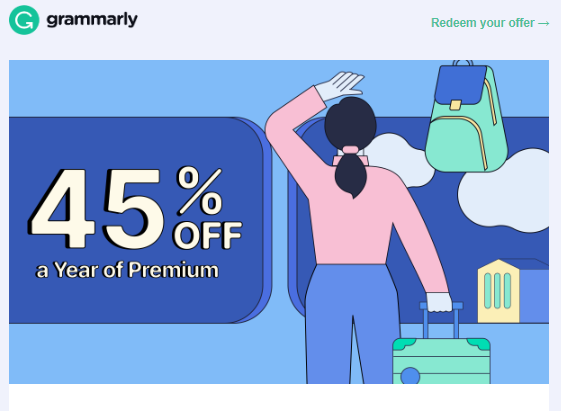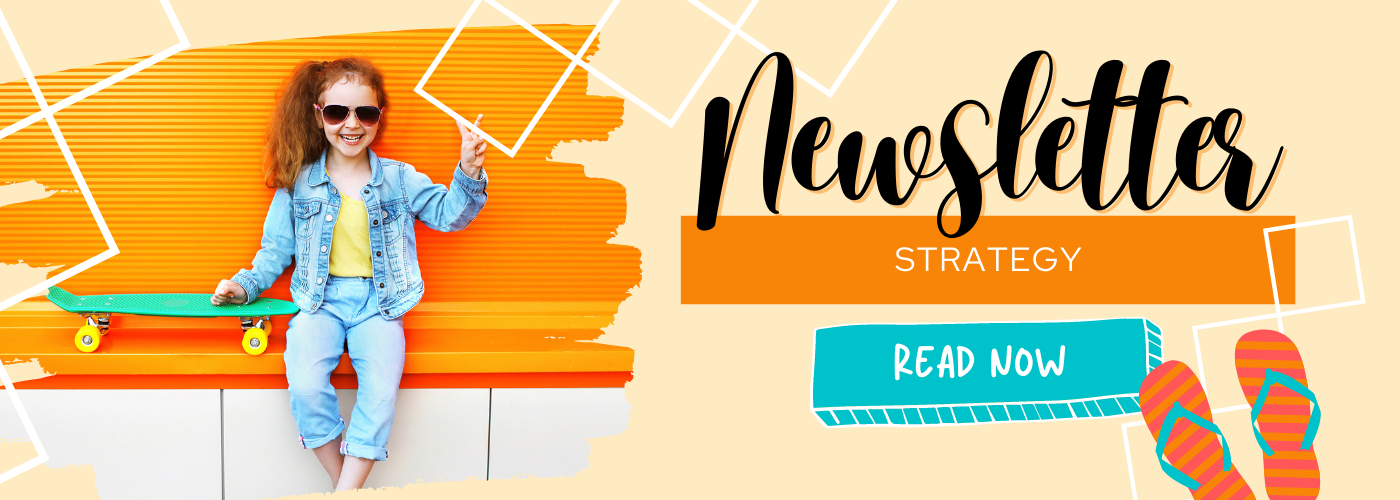How to create email newsletters that sell in 2023?
As a business owner, sending out an email newsletter is an important part of your overall marketing plan. This part could help you make more sales in the future. If a visitor to your website thinks the price of your product is too high, sending them an email with a discount may convince them to buy it. Using a targeted email campaign, you can remind a browser who looked at your product but forgot about it.
A potential customer who wants to learn more about your company before deciding to buy can do so by reading the weekly standouts your business makes. If a potential buyer’s email address is known, it is possible to move a purchase that was supposed to happen today to tomorrow.
1. Choose a Email Newsletter Software
It’s possible that you’re wondering, “Do I really need a newsletter software?” if this is the case. In a few words, yeah.
Putting together a newsletter is not that difficult; however, seeing to it that subscribers actually receive it is a different issue. Even if you only attempted to send a campaign to a few hundred contacts on Gmail or Outlook, it is quite improbable that the campaign will ever make it to the inboxes of your subscribers. Because of this, having software that is specifically designed for email marketing is really necessary.
2. Set Up Your Newsletter Email Lists
Putting together an email list is the next thing to do after deciding to send out newsletters. Your email list is, in all intents and purposes, your audience. However, there are a few things that you should keep in mind to ensure that your ads have the broadest reach possible.
First and foremost, you need to have a completely opt-in email list. This indicates that the individuals who will receive your email must have previously provided their approval (usually through a signup form). This method not only improves the deliverability of emails but is also necessary to comply with GDPR regulations.
Second, you should never make the mistake of purchasing an email list. If you do this, your authority as a sender will be diminished, and your deliverability rates will suffer as a result. Building an email list using double opt-in signups is an approach that is both significantly more effective and responsible. Third, be sure to maintain the cleanliness of your email list.
Fortunately, the majority of email marketing software packages already take care of this for you. Instead of manually keeping track of contacts who have not connected with your business, you should enter this information into your CRM and then split your list.
3. Add the subscription form to your website
The built-in share function of the editor makes it very easy for you to incorporate your brand new subscription form into your website.
You will first see a short share link that you are free to use in emails or on any of your social media platforms. Second, when it comes to embedding the form on your website, you have a few different alternatives to choose from.

4. Attract Newsletter Subscribers
It is time to put your newly created newsletter signup form to good use now that you have finished designing it.
When determining the best location for your signup forms, it is essential to find a happy medium between giving visibility a high level of importance and keeping the user experience in mind at all times. Obviously, you want the form to be seen by as many people as possible and filled out by as many of them as feasible. However, if potential clients are surfing your website and you interrupt them, it won’t help your sales at all. The addition of lead creation tools such as pop-ups, live chat windows, and lead magnets can work wonders for expanding your subscriber base and generating more leads. Having said that, it is necessary to pay attention to where they are placed.
5. Building buyer consideration
If a potential buyer comes to your online storefront but doesn’t buy anything, there’s a good chance they won’t come back. Email newsletter marketing is a way to keep talking to potential customers even after they’ve left your website. This makes it more likely that they’ll buy from you in the future.
6. Using a channel for discounts and updates
Customers may be more likely to buy your products more often if you offer them discounts and other special deals. For Black Friday and Cyber Monday, 47 million customers used Shopify to buy things worth a total of $6.3 billion. Even though not every day can be a big sales day, you can use an email newsletter to offer discount codes or let people know about sales that are coming up. A potential customer who is on the fence about buying can be persuaded to do so by an email marketing campaign that includes a discount code for 10% off. Here is the offer discount email newsletter sent by Grammarly.
7. Embracing an owned channel
Since a few years ago, social media’s organic reach has been steadily going down, and a pay-to-play model has been slowly taking its place. At the moment, the average organic reach of a social media post on Facebook is about 5%. Due to algorithms that are always changing and crowded online spaces like Twitter’s trending topics and Facebook’s news feed, it can be hard to stand out on social media. Paid marketing strategies like Facebook ads and Instagram ads can be effective, but as competition for keywords grows, these strategies are becoming more expensive and only reach a smaller percentage of potential customers.
Email is a channel that you own and that lets you talk to your customers directly. Whether you use MailChimp or ConvertKit as your email platform, once you have a list of people who have signed up to get your updates, you control that list. No matter if you use MailChimp, Perfect Doc Studio or ConvertKit, this is still true. Email is the only way to connect directly with potential clients.
- Developing both relationships and an audience A main advantage of sending out a newsletter by email is the ability to communicate with current and potential customers, thereby fostering the development of a sustainable audience. You can accomplish this by providing readers with material that is helpful to them and/or by providing subscribers with information that is behind the scenes about your company. For example, if you offer home items, you may send emails to your customers that explain the interior design and decorating suggestions. Use your newsletter to do more than simply promote the things you sell; instead, include material that establishes you as an industry authority and enables you to construct a credible reputation in your specialized market
- Education: A newsletter is a wonderful medium for providing educational information and teaching subscribers the ways in which they can utilize your items. You can educate them on these things by instructing them on how to use your products. For example, if you sell makeup brushes and other beauty equipment, consider sending out lessons that demonstrate how to apply those products to achieve a full-faced look appropriate for New Year’s Eve. If you are offering a stationary planner for the year 2023, you should send emails to your subscribers, teaching them how to use the product to complete an annual review or to set goals. Education may persuade potential customers to buy, as well as help existing customers feel more valuable.
- Selling items and services: Direct sales through your email marketing newsletter should be considered one of the most important uses of this type of communication tool. Offer subscribers discounts and promotional rates from time to time, but only for a limited period of time.
Benefits of creating a newsletter marketing strategy
When it comes to advertising your business, raising brand awareness, and attracting new visitors to



